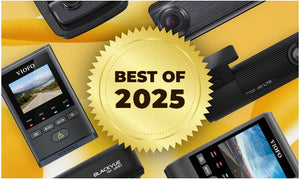This is a million-dollar question (quite literally in some cases, although most such settlements value in thousands) – timing is everything. You need to understand first that the liable party and their representatives or even your own insurance company are not your friends, they want to get their hands clean by paying you the bare minimum amount possible.
Only your injury attorney will present a fair estimate of your economic and non-economic damages and show you how you can claim the said sum. This means that your lawyer should be the first person with whom to share this information – call a good lawyer as soon as you can, and don't delay matters.
Your lawyer will first brief you on your position in the case and how matters are sensitive – they'll then guide you on how to express your position (pay close attention to what you say and how you say it) and then move ahead with the settlement negotiations. When negotiating with the insurance adjuster, the string of evidence and documentation collected earlier will add much-needed weightage to your side.
If firsthand evidence is lacking, lawyers can get an accident reconstructionist team on board to help understand how the crash happened and who was responsible. Even if you were partly responsible for the crash, don't let go of your legal claim and don't go on and admit your fault. Everything should first be discussed with your attorney, no one else!
Next, do as your lawyer says.
Hopefully, this covers everything you need to know about the aftermath of a car accident and how a dash cam can save you time, money, and stress. If there are any questions, feel free to reach out, and we'll get back to you as soon as possible!


